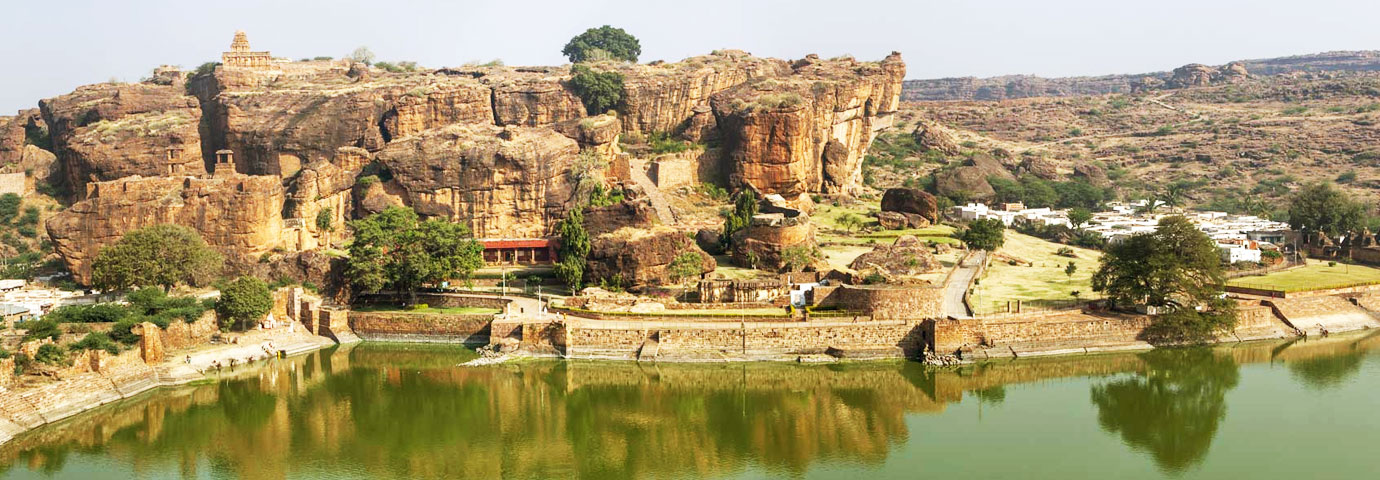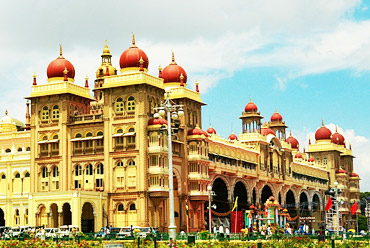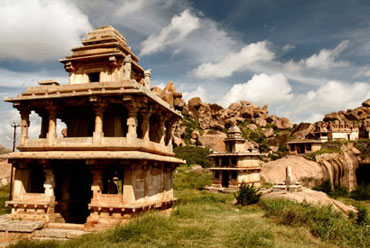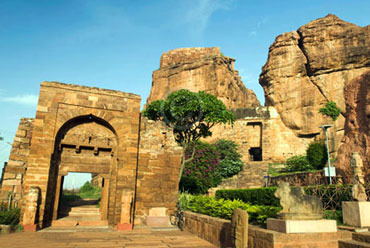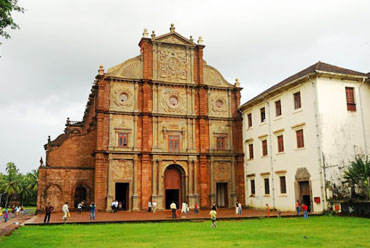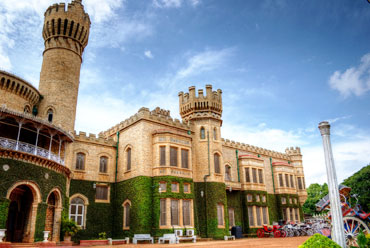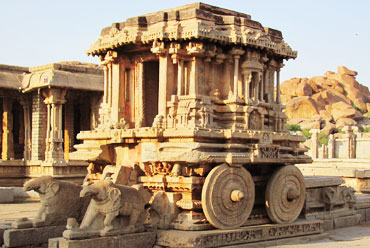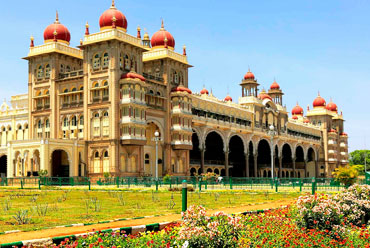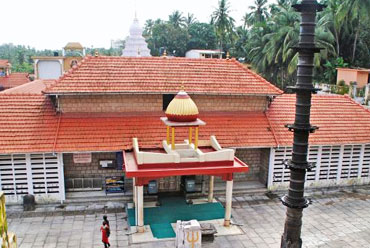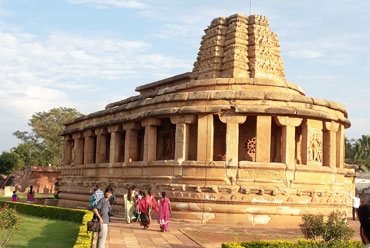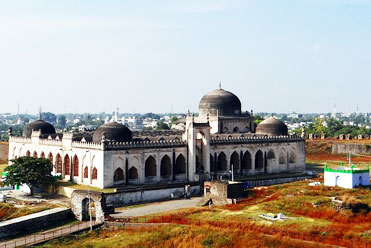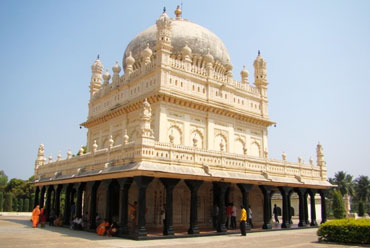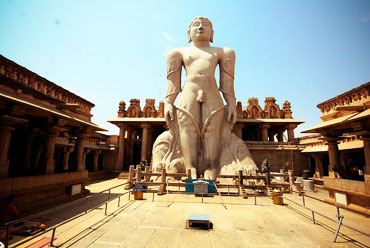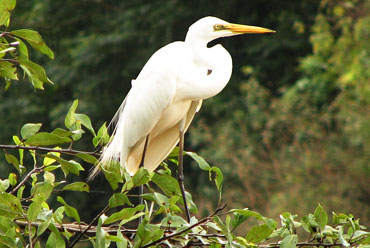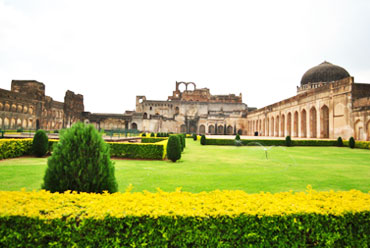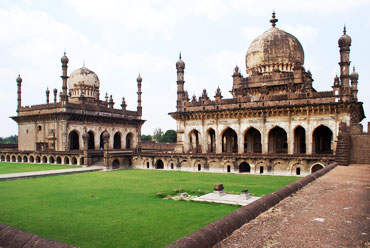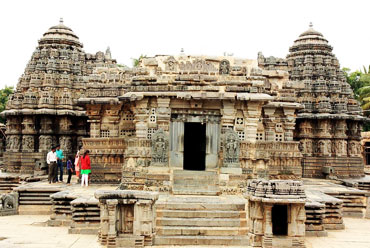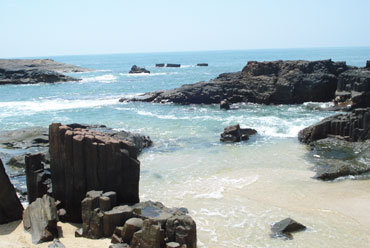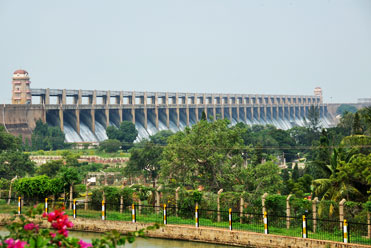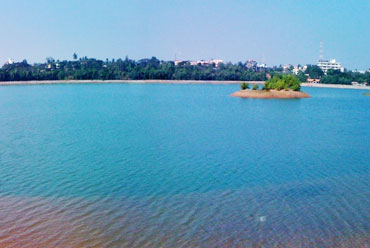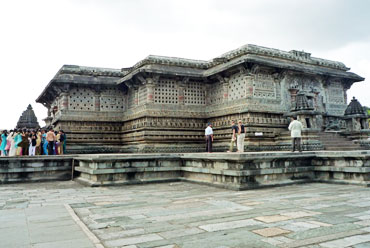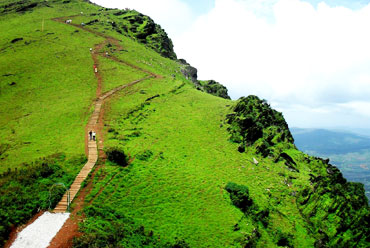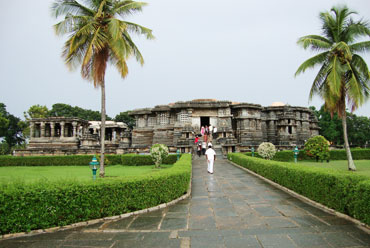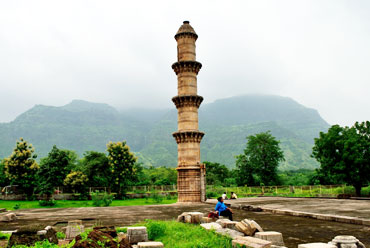Badami is well known for its rich history and ancient architecture. It was the ancient capital of the early Chalukya kingdom. A number of richly carved monuments and caves belonging to Chalukyas, dating back to the 6th and 7th centuries can be found here. The Chalukyas laid the foundation of a unique style of architecture, which is a fine blend of North Indian Nagara style and the South Indian Dravidian style of architecture. The architecture and sculptures created in Badami during the time of the Chalukyas inspired later-day architectural and sculpting traditions. A number of places of historical importance are situated near Badami
Location
Badami is located in the northern part of the state of Karnataka, in the southern region of India. It is situated near a red sandstone ridge. The climate of Badami is temperate with summers (April-June) being moderately hot while winters are cool and pleasant (November-February). It is 550 km from the city of Bangalore. It experiences southwestern monsoon rains in the months of June and July.
History
The rich past of Badami is closely linked with the ancient Kingdom of Chalukyas. It was founded in the 6th century ad by Pulekeshin I, the great Chalukya ruler, and was the capital city of the Chalukyas from A.D. 540 until A.D. 757. A number of temples and monuments belonging to the Chalukya period can be found in and around Badami. The Rashtrakutas overthrew Badami, and, after its fall, it witnessed anarchy and strife and was successively overrun by a number of rulers. It was also ruled by the Chalukyas of Kalyan (a separate branch of Chalukyas), the Kalachuryas, Yadavas of Devangiri and the Vijaynagar Empire. In the latter medieval period, Adil Shahi rulers of Bijapur and the Marathas ruled it. Badami was finally taken over by the British, who made it a part of the erstwhile Bombay Presidency.

